#1 Things to do in Mazatlan!
Get ready for an adventure of a lifetime as you embark on a half-day whale-watching excursion off the coast of Sinaloa. Imagine the thrill of spotting majestic humpback whales in their natural habitat, all while avoiding crowds and enjoying a small, intimate group experience. With the following features, this tour is perfect for those with limited time in the region:
- Safety measures in place
- 3 hours (approx.) of whale-watching fun
- Pickup from select hotels
- Mobile ticket for your convenience
- Offered in English and 1 more language
- Good for avoiding crowds
Plus, complimentary drinks onboard will keep you refreshed as you search for not just whales, but a wealth of marine life including turtles, sea lions, and dolphins. Don’t miss out on this once-in-a-lifetime opportunity, book your whale-watching tour today!
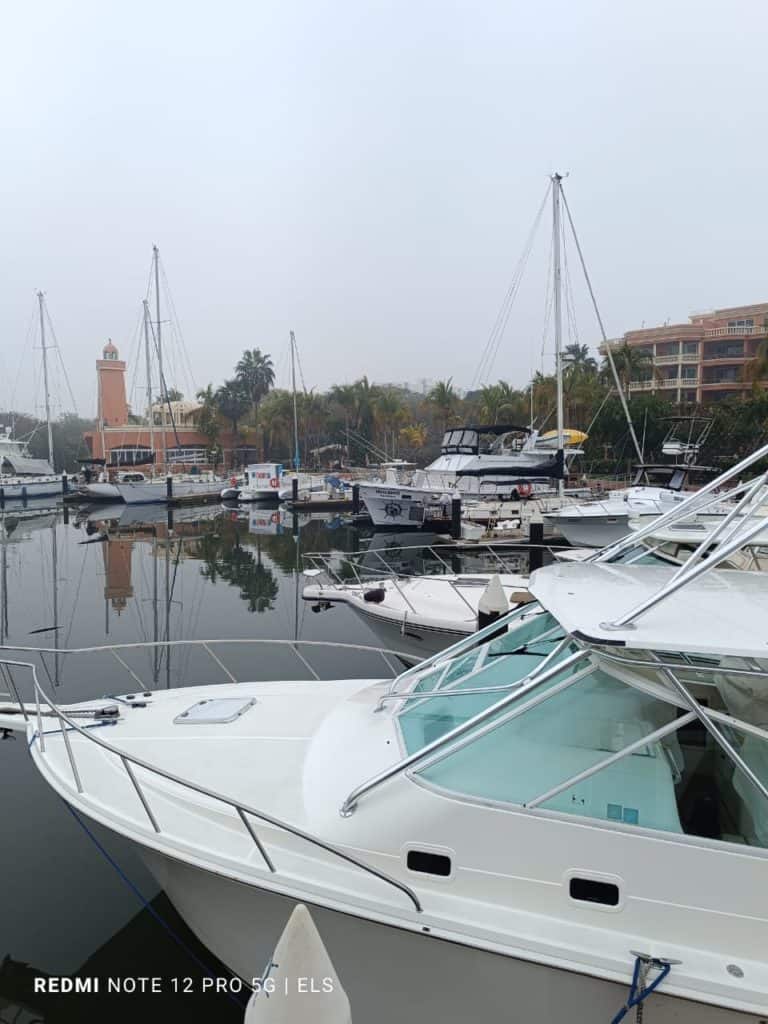

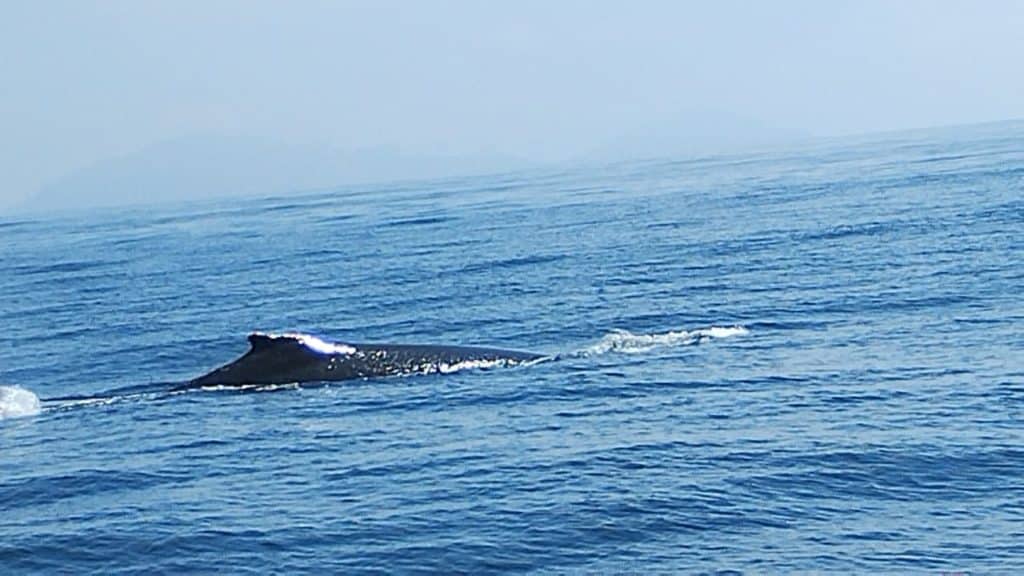
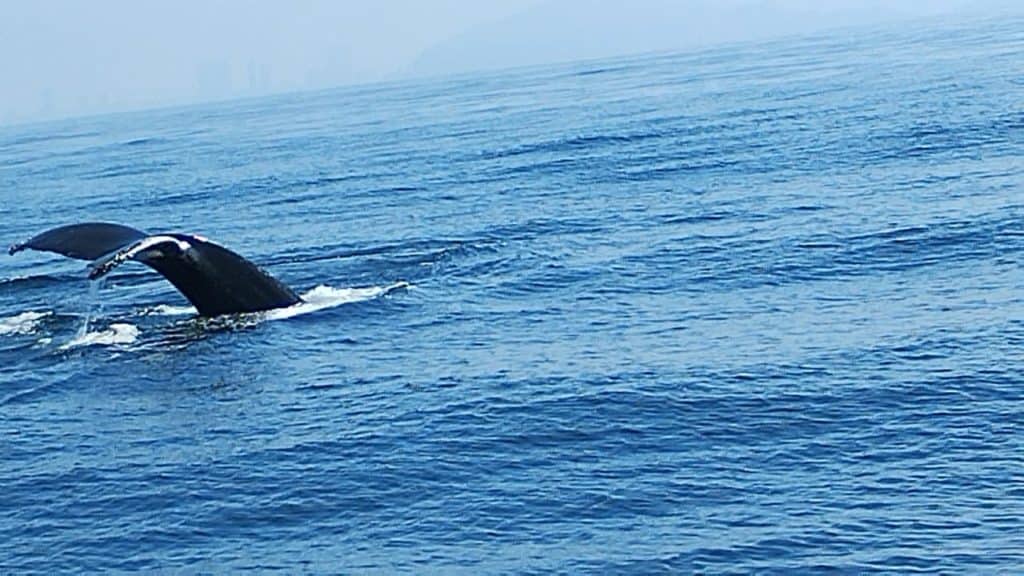
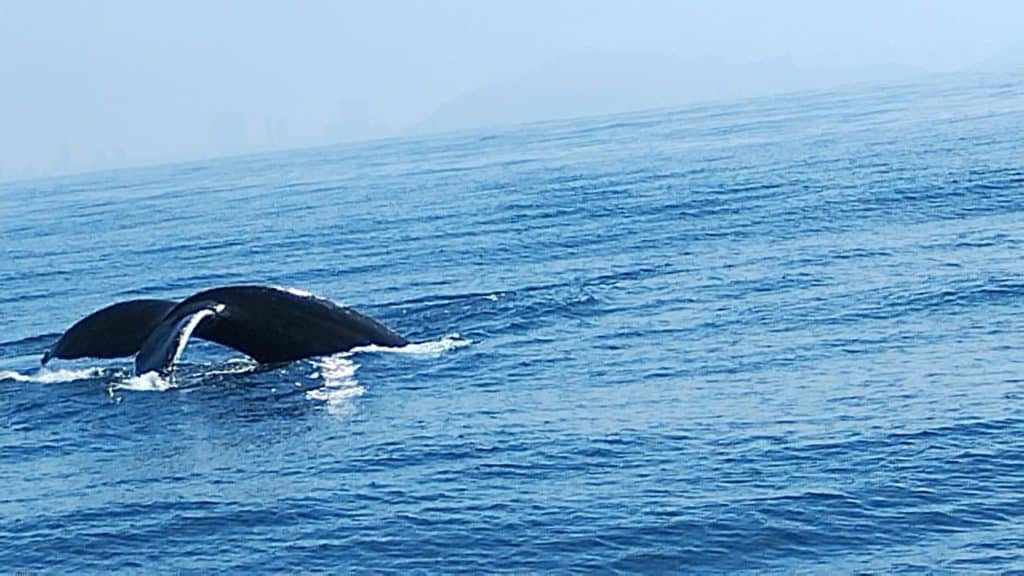

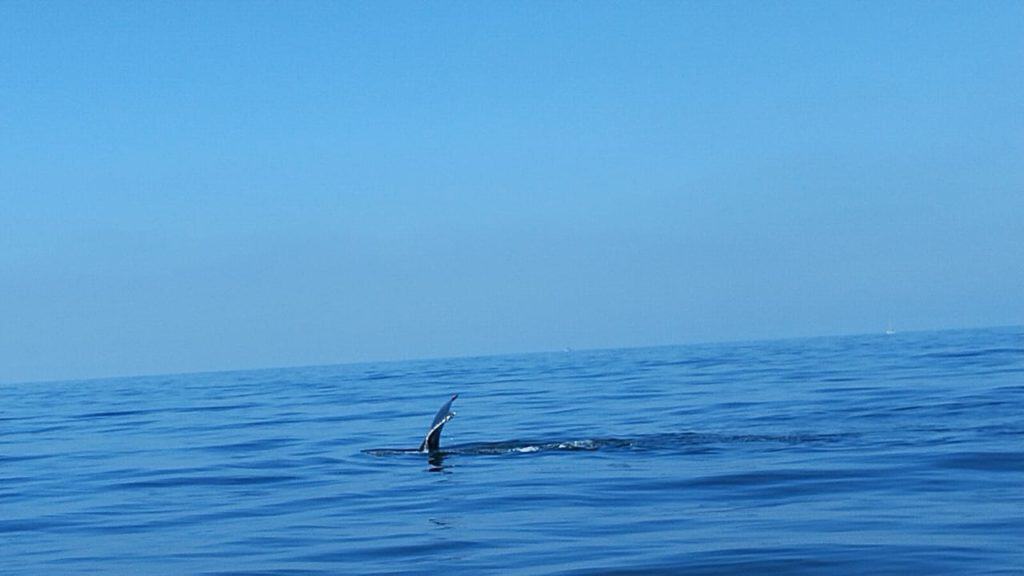
Why We Recommend Onca Explorations for Whale Watching in Mazatlan
I have personally experienced the Ecological Whale Watching Tour offered by Onca Explorations in Mazatlan, Mexico several times and I highly recommend it to anyone who wants to witness the beauty of humpback whales in their natural habitat.
 Onca Explorations’ expert guides have been categorizing and tracking these whales for years, and they share little-known facts about not only whales in general, but the exact whales you’re looking for. They also provide a hydrophone to listen to the whales and take amazing photographs of these gentle giants as they work their way along the Mexican coastline.
Onca Explorations’ expert guides have been categorizing and tracking these whales for years, and they share little-known facts about not only whales in general, but the exact whales you’re looking for. They also provide a hydrophone to listen to the whales and take amazing photographs of these gentle giants as they work their way along the Mexican coastline.
The owner of Onca Explorations, Oscar, is a successful marine biologist, and every whale watching trip is documented for scientific research.
In addition to the unique experience, Onca Explorations’ tour also supports whale research and preservation efforts in the Mazatlan area, making it a truly green approach to tourism. The tour includes a briefing on whale ecology and biology, lunch (private tour only), snacks and fruits, water and soft drinks, and all taxes.
Overall, I love Whale Watching with Onca Explorations because of their unique and hands-on experience with the whales, their expert guides, and their commitment to whale research and preservation efforts. I highly recommend Onca Explorations as the only company to go out to sea with.
You can book with Onca Online below!
How To Book Online….
Free cancellation
Cancel up to 24 hours in advance for a full refund
Reserve now & pay later
Keep your travel plans flexible — book your spot and pay nothing today.
Duration 4 hours
Check availability to see starting times.
Live tour guide
Spanish, English
Pickup included
Please wait in the hotel lobby 10 minutes before your scheduled pickup time.
Private or small groups available
Ride in comfort!
Let’s Take a Deeper Look…
Whale watching in Mazatlan is an experience like no other. Imagine being out on the open sea, the sun shining down on your face, and the wind blowing through your hair. Suddenly, a majestic humpback whale breaches the surface, sending a spray of water high into the air or a killer whale darts past your boat. This is a sight that will take your breath away and stay with you forever.
Mazatlan is one of the best places in the world to go whale watching. Every year, thousands of humpback whales migrate to the warm waters of the Pacific Ocean off the coast of Mexico. From December to April, you can see these incredible creatures up close as they come to the surface to breathe, tail slap, and even breach.
Mazatlan Whale Watching Season
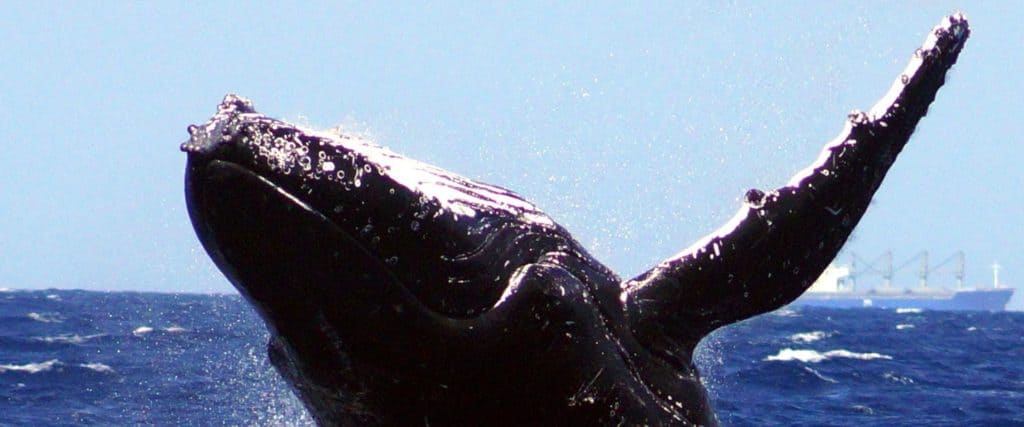
The Mazatlan whale watching season typically runs from December to April. During this time, thousands of humpback whales migrate to the warm waters of the Pacific Ocean off the coast of Mexico, making it the perfect time to spot these magnificent creatures.
The peak of the season is typically in January and February, when the largest number of whales can be seen. However, sightings can still be had throughout the entire season, and each month offers a unique experience. December and January offer the chance to see mother whales and their newborn calves, while February and March bring the opportunity to see the males compete for a mate. April brings the end of the mating season and the beginning of the whales’ journey back to their feeding grounds.
Types of Whales in Mazatlan
The most common type of whale found in Mazatlan is the humpback whale. These majestic creatures migrate to the warm waters off the coast of Mazatlan every year from December to April to mate and give birth. The humpback whale is known for its acrobatic displays, such as breaching, tail slapping, and spy-hopping, which are a sight to behold.
Other types of whales that can be seen in the waters off Mazatlan include the Gray Whale and the Sperm Whale. Gray whales are known for their friendly behavior, and they often approach boats closely, providing an excellent opportunity for observation and photography. The Sperm Whale is a deep-diving species known for its intelligence and complex social behavior, it’s also a more rare sight in Mazatlan waters.
It’s worth noting that the presence and sightings of these other species may vary depending on the migration patterns and the season, and it’s always best to check with a reputable tour operator for the most current information on what types of whales can be seen during your visit.
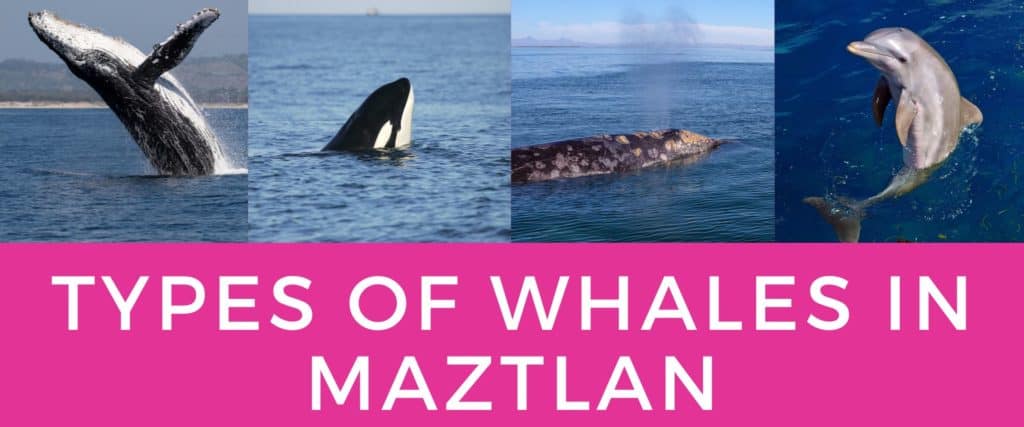
Understanding the Migration Patterns of Whales off the Sinaloa Coast
The migration patterns of whales in Mazatlan are primarily determined by their need to mate and give birth in warmer waters.
Humpback whales, the most common species seen in Mazatlan, begin their migration from colder waters in Alaska and Canada to the warm waters off the coast of Mexico in late fall. They typically arrive in Mazatlan between December and January and stay until April. During this time, they mate, give birth and nurse their young before making the journey back to their feeding grounds in the north.
Gray whales also migrate to the waters off the coast of Mazatlan but, their migration pattern is different from Humpbacks, they migrate from the Arctic to the waters of the Baja California Peninsula and then to the Gulf of California, this migration usually happens from December to April.
Sperm Whales, on the other hand, are known to be year-round residents in the Gulf of California, but their movements are less predictable than the two previous species. They tend to be solitary animals and are not as commonly seen as humpback or gray whales in Mazatlan waters.
How to Prepare for a Whale Watching Excursion
Ready to embark on a magical journey to see the majestic whales of Mazatlan? Whether you’re a first-time whale watcher or a seasoned pro, there are a few things you’ll want to keep in mind to make sure your excursion is a success.
What to Wear
Let’s talk about what to wear. Since you’ll likely be out on a boat in Sinaloa’s “winter” – You’ll want to dress in layers to prepare for any weather changes on the open water. A waterproof jacket is a must, as is a hat and sunscreen to protect you from the sun’s rays. And let’s not forget about the all-important camera, because you’ll definitely want to capture those Instagram-worthy shots of the whales.
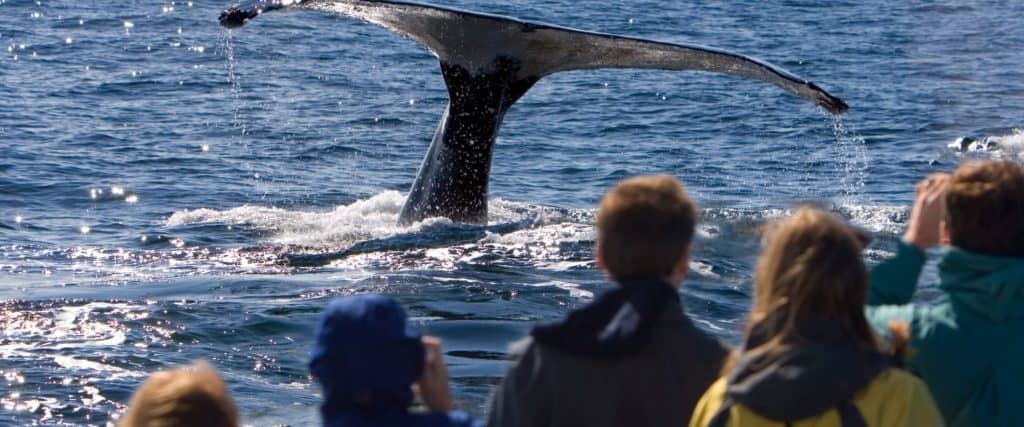
What to Bring
In addition to your proper clothing, there are a few other items you’ll want to bring along. A reusable water bottle will come in handy, as will a small cooler with snacks to keep you fueled during the trip. And don’t forget your binoculars, so you can get a closer look at the whales.
Regulations and Guidelines
Before you get on the boat, be sure to familiarize yourself with any regulations or guidelines for the excursion. We’ll talk more about this in a minute but make sure to always listen to the instructions of your guide, they know the best way to view these incredible creatures.
What to Expect on a Whale Watching Tour
A whale watching tour in Mazatlan is a once-in-a-lifetime experience that offers the opportunity to see these magnificent creatures up close in their natural habitat. Here’s what you can expect on a typical tour:
Departure: Most tours depart from the Marina Mazatlan or the Golden Zone, usually early in the morning when the sea is calm and visibility is good.
Onboard Experience: Once on board, you’ll be given a safety briefing and a general overview of the tour. The boat will then head out to sea in search of whales. The tour guides are experts on whale behavior and will provide information on the different species of whales you may encounter, as well as their migration patterns and habits.
Sightings: Once the boat reaches the area where the whales are known to congregate, the captain will cut the engine and the boat will drift, this will give the whales a better chance of approaching the boat. You’ll have the opportunity to see the whales up close as they surface to breathe and perform acrobatic displays such as breaching and tail slapping.
Photography: The tour guides will also provide tips on how to take the best photographs of the whales. They will also have a spotting scope on board that allows you to see the whales in more detail.
Duration: Typically lasts about 3-4 hours.
Responsible Whale Watching Practices
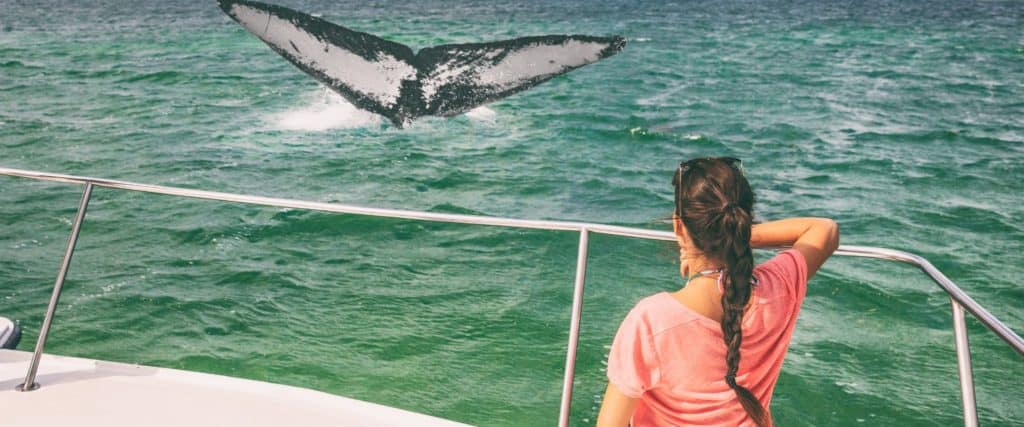
Responsible whale watching practices are essential for ensuring the well-being of these magnificent creatures and preserving their natural habitats for future generations. Here are some key principles to keep in mind:
Respect the whales’ space: Whales are wild animals and should be treated with respect. Keep a safe distance from the whales and avoid approaching them too closely or disturbing them in any way.
Follow the guidelines of the International Whaling Commission and Mexican Government: All whale watching vessels in Mexico must be authorized by the Secretaria de Medio Ambiente y Recursos Naturales (SEMARNAT). Depending on the species, vessels must respect established minimum distances (between 60-100 m) and maintain speeds below 9 km/hr when transiting through a whale or dolphin area, and 4km/hr when in the presence of whales.
Do your part: Did your tour operator not follow these regulations? For the safety of the whales and future whale watchers… report them!
Minimize noise pollution: Noise pollution can be stressful for whales and can interfere with their communication and feeding patterns. Tour operators should keep noise levels to a minimum and avoid using loud or disruptive equipment.
Be aware of the impact of pollution: Pollution can have a serious impact on the health of whales and their habitat. Tour operators should be aware of the sources of pollution in the area and take steps to minimize their impact.
Support conservation efforts: Whale watching can be a valuable tool for conservation efforts, as it can raise awareness and generate support for protecting these animals. Tour operators should be actively involved in conservation efforts and be able to provide information on the work being done to protect the whales and their habitat.
Have a Whale of a Time
There are many tours in Mazatlan to choose from but to us whale watching is a truly amazing experience that allows us to witness the beauty and majesty of these incredible creatures in their natural habitat. By following responsible whale watching practices and being mindful of our impact, we can ensure that the whales and their habitat are protected for future generations to enjoy.
Now, if you’re anything like us, you’re probably itching to get out on the water and catch a glimpse of these gentle giants for yourself. And why not? Mazatlan is home to some of the best whale watching opportunities in the world, and it’s an experience you won’t soon forget. So grab your binoculars, your camera, and maybe even a little sunscreen, and let’s go have a whale of a time!
Whale Watching Mazatlan FAQ’s…
The best time to go whale watching in Mazatlan is from December to March. This is the peak season for whale watching as it is the time when the gray whales migrate to the warm waters of the Mexican Pacific to mate and give birth.
The whale watching season in Mazatlan typically runs from December to April. However, the peak season for sightings is from January to March.
The most commonly seen whale in Mazatlan is the Humpback, but it’s not uncommon to spot Gray whales, and even the occasional orca / killer whale.
It’s always best to dress in layers and wear clothing that can protect you from the sun. Don’t forget to bring sunscreen, a hat, and sunglasses. Also, bring a camera to capture the breathtaking sights of these majestic creatures.
Look for tour operators that are dedicated to responsible whale watching practices, such as those who adhere to guidelines set by the Mexican Government.
Other Top Tours in Mazatlan
Still Looking for a Short or Long Term Rental?

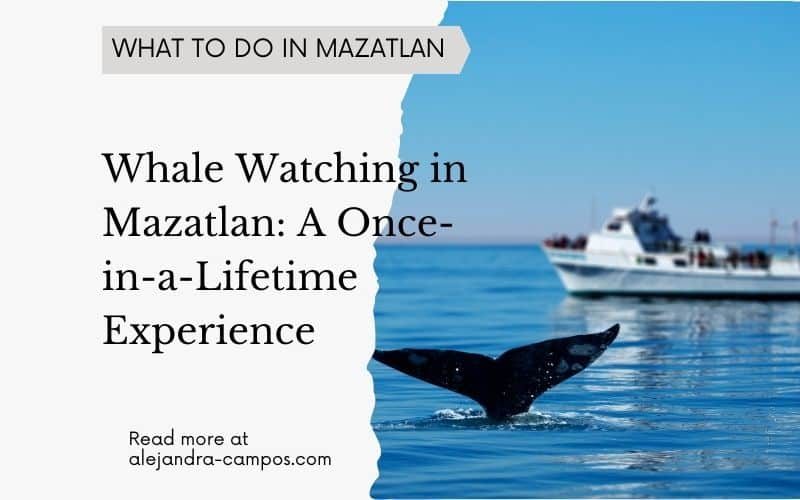

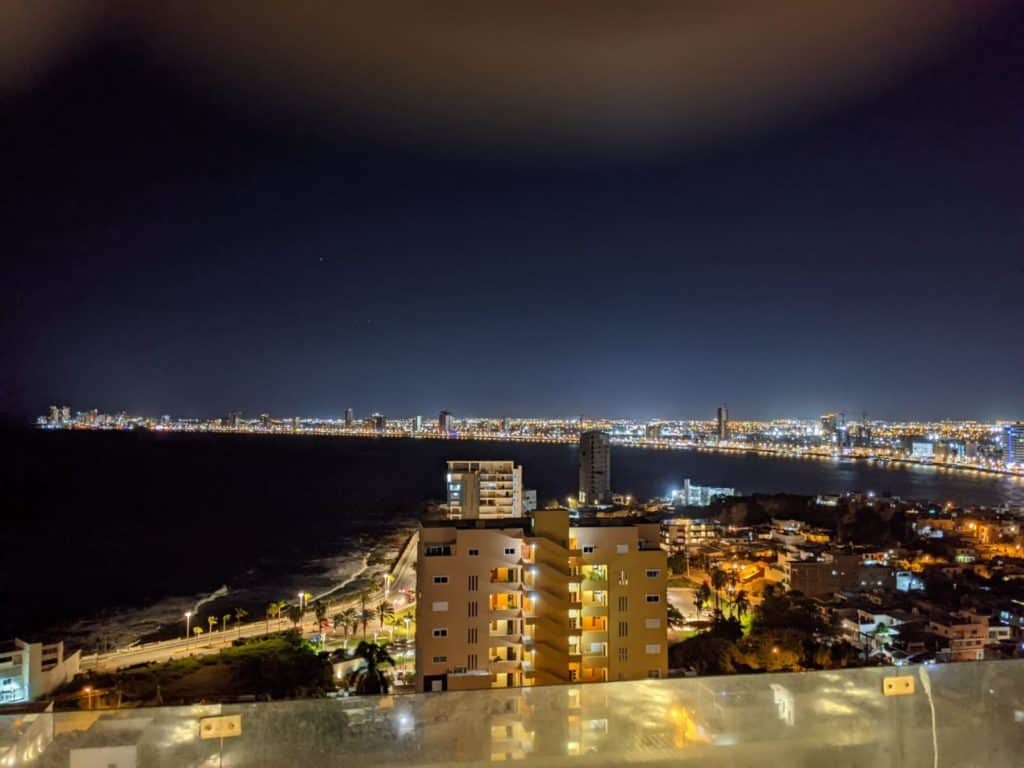
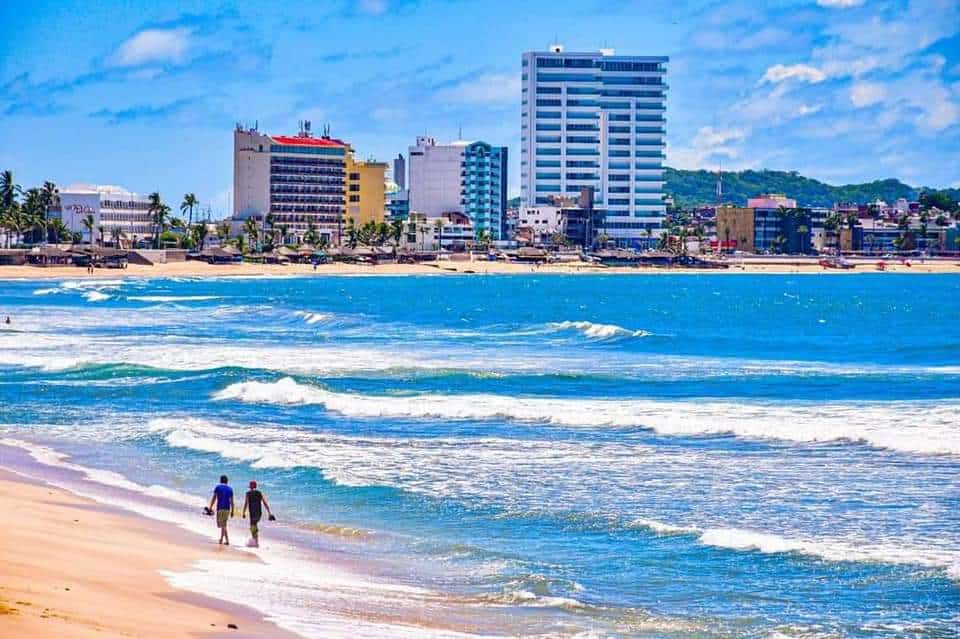
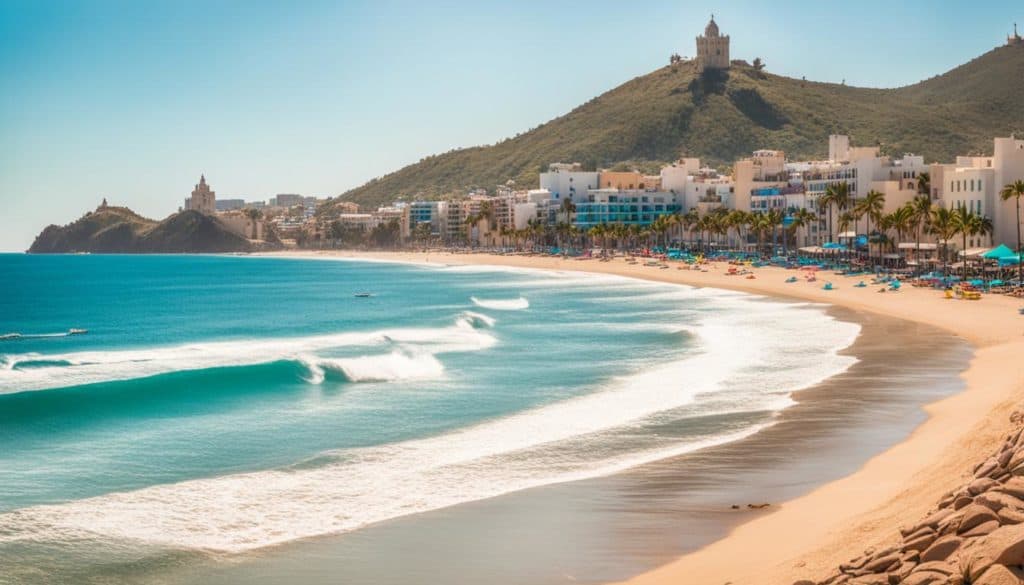






5 Responses